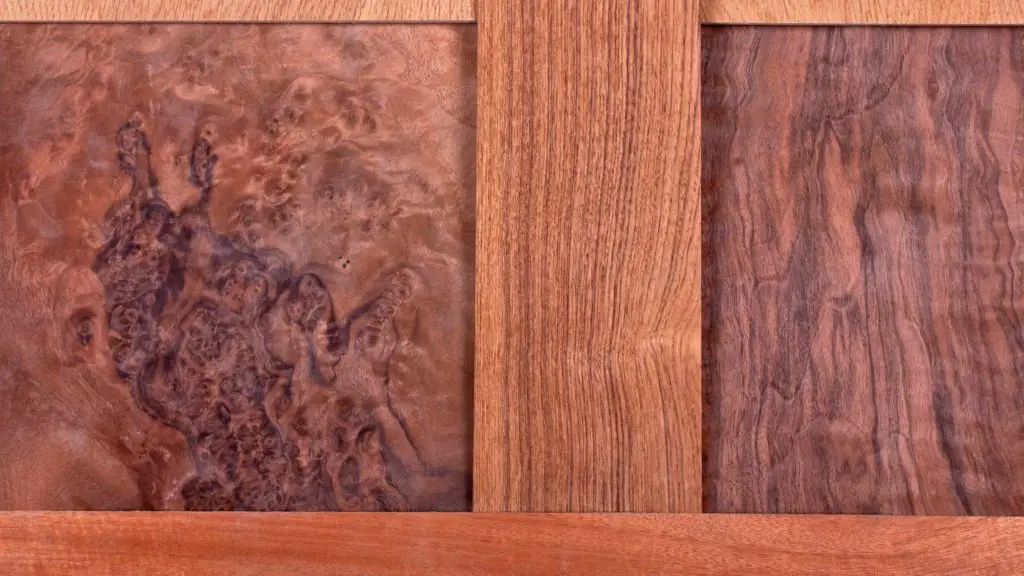VENEER PAINTING AND THE SANDING TECHNIQUES

SUPPLIES TO PAINT VENEER
all-purpose cleaner
Cloth
Bucket
stirring stick
sanding pad
Sandpaper 360
Penny, Duster or brush
Flat brush acrylic
Multi-primer
acrylic lacquer
STEP PLAN TREAT VENEER
Pour water into a bucket
Add a cap of all-purpose cleaner
Stir the mixture
Dip a cloth in the mixture
Clean the veneer with the cloth
let it dry
Start sanding: see painting veneer requires a sanding technique
Dust-free the veneer
Apply multiprimer with a brush
Lightly sand after drying
Dust-free
Apply acrylic lacquer with a brush
VENEER PAINTING WITH WHAT PREPARATION
You start by cleaning the veneer. This is also called degreasing. Take an all-purpose cleaner for this. Choose a cleaning agent that is biodegradable. This prevents reactions with the veneer. The well-known products are B-clean or Universol. Both degreasers are biodegradable and do not harm your skin. After rinsing is not necessary after degreasing. These can be found online through the search engines. Degreasing is very important before moving on to the next step.
VENEER PAINTING REQUIRES A SANDING TECHNIQUE
Painting veneer requires a separate sanding technique. When you have cleaned everything you can and the surface is dry you can start sanding. Take a Scotchbrite for this. A scotchbrite is a scouring sponge with a fine structure. This prevents scratches on the object or surface. The sanding technique you should use is the following. Always sand in the same direction. From top to bottom or from left to right or vice versa. Never make a twisting motion on the veneer. For example, start from left to right and repeat until you have sanded the entire surface. Then remove dust and wipe the veneer with a damp cloth.
TREAT SLICK WOOD WITH MULTIPRIMER
All veneer, plastic or wood, always apply a multi-primer in the first layer. A primer (especially the best brands like these) is in most cases suitable for all surfaces. To be sure, read the product properties beforehand to see whether that primer is indeed suitable for veneer. More info multiprimer. Use an acrylic paint. The advantage is that it dries quickly and you can start painting after four hours. Use a water-based topcoat for this as well. This prevents discoloration. Apply at least 2 coats. Lightly sand between coats with 360-grit sandpaper and remove any dust. Allow the paint to cure sufficiently before using the item again. The directions are on the paint can.
Do you have any questions about this article?
Or do you have a nice suggestion or experience on this subject?
Then leave a comment below this article.
Thanks in advance.
Pete deVries.
I'm Joost Nusselder, the founder of Tools Doctor, content marketer, and dad. I love trying out new equipment, and together with my team I've been creating in-depth blog articles since 2016 to help loyal readers with tools & crafting tips.
